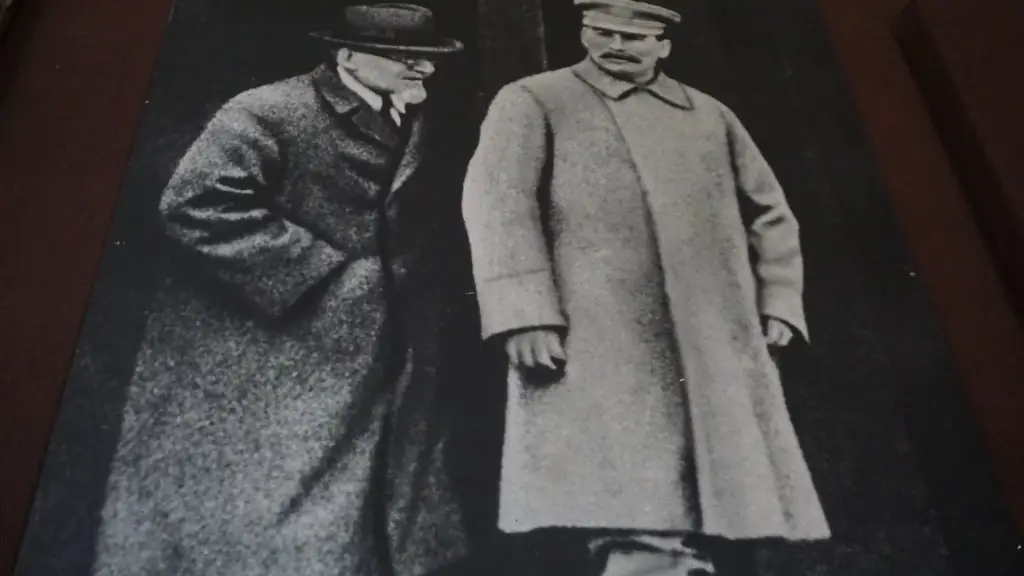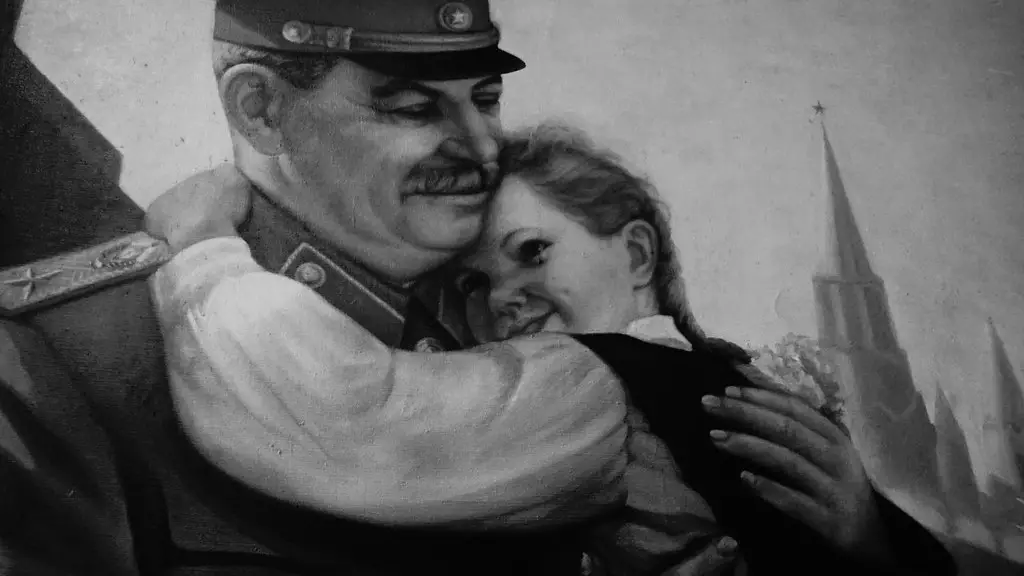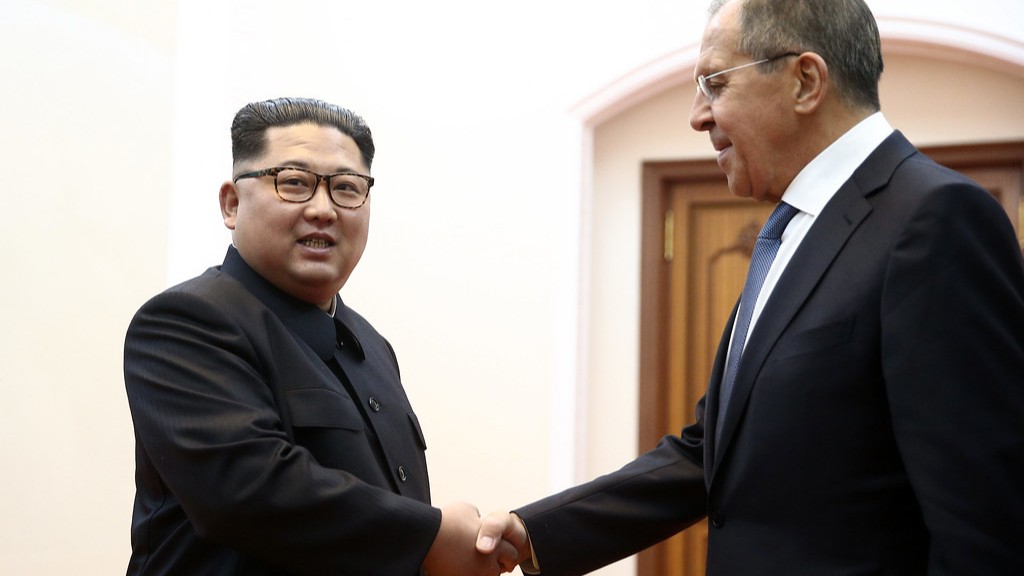Joseph Stalin is one of the most controversial leaders in history. He is credited with transforming the Soviet Union into a world superpower, but his methods were often brutal and repressive. Stalin’s role in the Cold War was significant. He emerged as a key antagonist to the United States and its allies, helping to shape the conflict that would define the second half of the 20th century.
Joseph Stalin played a major role in the development of the Cold War. Stalin was the leader of the Soviet Union, and he advocated for a communist state. The United States, on the other hand, was a capitalist democracy. These two different political systems were diametrically opposed to each other, and they both had different ideas about how the world should look. The Cold War was the result of this ideological divide.
How did Joseph Stalin impact the war?
In 1939, the Soviet Union signed a non-aggression pact with Nazi Germany. This resulted in the Soviet invasion of Poland. However, Germany ended the pact by invading the Soviet Union in 1941. Despite initial catastrophes, the Soviet Red Army repelled the German invasion and captured Berlin in 1945, ending World War II in Europe.
The United States and the Soviet Union were both major contributors to the rise of the Cold War. They were both ideological nation-states with incompatible and mutually exclusive ideologies. The founding purpose of the Soviet Union was global domination, and it actively sought the destruction of the United States and its allies. This led to a period of intense tensions and conflict between the two nations, which eventually escalated into the Cold War.
What is Joseph Stalin best known for
Joseph Stalin was one of the most brutal dictators in history. He ruled the Soviet Union with an iron fist, and millions of his own citizens died during his reign. Stalin was a paranoid leader who was always afraid of being overthrown. He kept tight control over the Soviet people by using secret police and propaganda to control them. Stalin was also responsible for the horrific famine in the Ukraine in 1932-33, in which millions of people died.
After being elected to the Bolshevik Central Committee in April 1917, Stalin helped Lenin to evade capture by authorities and ordered the besieged Bolsheviks to surrender to avoid a bloodbath. The Bolsheviks then seized Petrograd and Stalin was appointed People’s Commissar for Nationalities’ Affairs.
Who started the Cold War and why?
The Cold War was a period of intense competition and conflict between the United States and the Soviet Union. The two nations emerged as world powers following World War II, and their rivalry quickly escalated into a full-fledged conflict. The Cold War lasted for over four decades, and its impact was felt around the world.
The Cold War began in the late 1940s when the Soviet Union began to increase their military power. The United States was trying to contain communism and began paying attention to the Soviets military. Because of this, the United States also began to supply for a war. The Cold War ended in the early 1990s when the Soviet Union collapsed.
What effects did Stalin’s rule have on the Soviet Union?
In the early 1930s, Stalin launched a series of radical economic policies that transformed the industrial and agricultural landscapes of the Soviet Union. This period, known as the Great Turn, saw the country turn away from the mixed-economic New Economic Policy (NEP) in favor of a planned economy. The Great Turn had a profound impact on the Soviet Union, shaping its development for decades to come.
Stalin’s actions were largely responsible for the onset of the Cold War. His lack of trustworthiness was evident at the Yalta conference in February 1945, and his spread of communism into eastern European states led to mutual distrust between the USSR and the United States.
What was Joseph Stalin’s main goal for the Soviet Union
Stalin’s “revolution from above” was a response to the many challenges that the Soviet Union was facing in the late 1920s. Rapid industrialization was necessary to make the country stronger and more competitive on the international stage. Collectivization of agriculture was also seen as a way to improve the country’s food security and to boost the economy. While these goals were ambitious, they were also controversial and led to much debate and conflict within the Soviet Union.
The Cold War was a result of multiple factors, including the Yalta Conference near the end of World War Two, the emergence of new global superpowers, competing economic ideologies, and the decolonization movement.
Who gave the Cold War?
Almost immediately after the end of World War II, U.S.-Soviet relations began to fray. At the Potsdam Conference of July-August 1945, U.S. President Harry S. Truman (who had taken office after Franklin D. Roosevelt’s death in April), British Prime Minister Winston Churchill, and Soviet leader Joseph Stalin discussed the ongoing war with Japan as well as the peace settlement with Germany. But the Allies quickly ran into disagreements over the future of Eastern Europe, with the United States and Britain demanding free elections and Stalin insisting on Soviet control. As historian John Lewis Gaddis later wrote, the famous phrase “iron curtain” (often attributed to Churchill) was actually first used by Stalin at Potsdam.
The Cold War was a time of great tension between the United States and the Soviet Union. The two superpowers were in a constant state of competition, trying to outdo each other in areas such as economic development, military strength, and space exploration. The Cold War had a significant impact on global politics and culture, and it is still studied and talked about today.
How successful were Stalin’s policies
The policies put in place by Stalin during his time as the leader of the Soviet Union were, in most cases, disastrous for the nation’s population. The policies were so badly managed under the Soviet government that any growth was fairly small in comparison to the targets set out. As a result, Stalin’s economic policies must be considered to have been a disastrous period of Soviet economic policy.
The New Economic Policy was a response to the failures of War Communism. It allowed some private enterprise and increased production in agriculture and light industry. However, Stalin believed that the NEP was a temporary measure and that the USSR needed to move towards full socialism. He therefore embarked on a series of policies to force the pace of industrialization, collectivize agriculture, and bring the Soviet Union into line with his vision of socialism.
What was Stalin’s plan for Russia?
The Soviet Union’s first Five-Year Plan, implemented by Joseph Stalin, focused on developing heavy industry and collectivizing agriculture, at the cost of a drastic fall in consumer goods. This led to a decrease in the standard of living for the average Soviet citizen, as fewer goods were available for purchase. However, the Five-Year Plan did help to boost the Soviet Union’s economy, as it increased production of goods and services.
While some people dreamt of a good relationship between the Soviet Union and the West, Stalin knew that the Allies would turn against him once Hitler was defeated. His goal was to expand Soviet territory into Eastern Europe to create a buffer to protect Russia from the Western powers.
Warp Up
Joseph Stalin was one of the major contributors to the Cold War. Stalin was the leader of the Soviet Union and he had a very different vision for the future than the leaders of the United States. Stalin believed in communism and he wanted to spread it throughout the world. The United States was staunchly anti-communist and they did not want to see Stalin’s vision come to fruition. This led to a lot of tension between the two countries and eventually to the Cold War.
Joseph Stalin was a key factor in the development of the Cold War. His policies of aggression and expansion led the Soviet Union into conflict with the West, which resulted in a period of intense competition and rivalry. Stalin’s actions also contributed to the arms race, as both sides sought to gain an advantage in the conflict. Ultimately, Stalin’s actions served to heighten tensions between the two superpowers and plunge the world into a Cold War.




